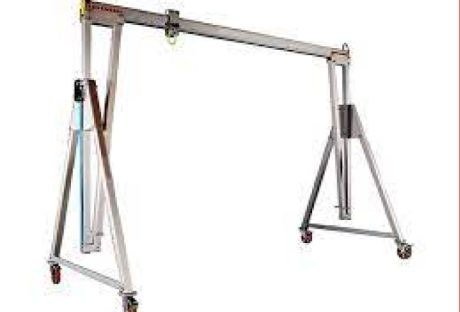If you are here, you have probably already decided to run a Forex trading campaign or started considering this as a good online business opportunity. If you want to trade classical Forex or CFDs Forex, you need the truth on how to start, so here is a detailed started guide from actual experts in the field, the Forextb.com team. Let’s start!
1. Learn The Key Principles:
Before you start practicing Forex trading through your first demo account, you have to note down and learn the fundamental principles of trading. The list of these short rules will help you even when you get into the professional trading league one day.
Don’t expect too much –
All your expectations should be based only on sober judgment. You always have to think of both positive and negative results that can happen when you open the next position and focus on the opportunities rather than on potential profits. The last may cause terrible anxiety and make it impossible to focus on the right things.
Don’t invest more than you can lose –
Leveraged trading, which makes Forex so attractive, can lead you not only to multiplied profits but to immense losses as well. That’s why you have to avoid investing more than you can payout if you lose. Even if you are 100% sure about a position, don’t try to be in over your head.
Follow the headlines –
Being aware of the markets is incredibly important for every trader. You have to know the entire background of every Forex pair you want to trade to be able to predict the most probable results.
Turn off emotions –
Emotional trading is is a failure even if you win the first few times. You should develop a strategy and follow it strictly to the end, without letting your emotions change your decisions. Otherwise, you won’t learn anything from your current strategy and won’t be able to develop a better one. There’s no reason for losing time and money like this.
Get ready to lose –
There’s no such trader who doesn’t lose. Even if you look at the trading history of top professionals, you will see multiple losses for every year of their careers. What makes a trader successful is the ability to overcome losses quickly and end up earning more money than losing.
2. Choose a Reliable Broker:
Brokers are mediators between you and trading platforms. Technically, they provide you with access to certain trading platforms and charge a certain fee based on the services listed in the agreement.
The truth is that brokers can impact the quality of your trading, so it’s very important to analyze all the popular offers and select the one that matches your needs, market standards and has generally positive reviews from the business community and trusted industry experts.
3. Use Stop Loss Orders:
Of course, a stop-loss order is not a 100% guarantee that you won’t face losses if the market goes down too fast, but it’s definitely, a way to minimize potential losses. You can set the orders for specific scenarios to be sure that the system will cut you from the falling position automatically until you lose too much.
4. Pick a Strategy & Improve It:
There are four main trading strategy categories that cover the vast majority of trading strategies. These common categories include:
Scalping –
Scalping stands for very short trades that usually take just a few minutes. Scalpers develop strategies aimed at making small profits on multiple trades during the day. One of the most popular examples of scalping is the Forex-1 minute Trading Strategy.
Make sure to google it. Scalping is widely considered one of the most advanced trading categories as it requires a trader with a quick, agile mind who can adapt to frequently changing circumstances and understand where the wind blows.
Day trading –
Day trading strategies open and close within the trading day timeframe and last for a few hours. It’s a popular category amongst beginner traders as it provides you with enough time to think and doesn’t overwhelm you with potential overnight market changes.
Swing trading –
This category involves trading strategies that last around 2 trading days and stay overnight. It’s quite a risky thing for beginners but can be a great instrument when you have enough experience.
Positional trading –
This trading strategy type involves following long-term market trends in order to multiply profits on significant currency price shits. Unlike the previous three, this approach is considered long-term and requires traders to be extremely patient and disciplined.
There’s no real need to start with your own custom strategy created from the ground up. You can start by testing classic trading strategies that have proved efficient over time and learn what makes them so good while practicing in real-world conditions on your demo account or a real one.
5. Learn to Analyze:
The lesson to learn here is that there are two main analysis types:
Technical analysis –
This analysis typically involves studying price movement patterns of a specific currency pair or asset. Your aim here is to see historical price trends and try to make accurate predictions on future price movements.
This way, you can gain more confidence in the trend you should bid for. You can use indicators, chart patterns, and candle patterns to conduct effective technical analysis.
Fundamental analysis –
Similar to technical analysis, fundamental analysis involves making predictions, but it focuses on the general economic situation worldwide, including current GDP, interest rates, employment rates, worldwide trade, manufacturing of physical goods, economy-driving commodities, and more. Long story short, fundamental analysis is practically about everything but the price movement pattern.
Time to Start a Demo:
You can read hundreds of articles, but they are just nothing until you start practicing real-world platforms and instruments. The best way to start right away is to select a reliable broker and open a free demo account to see how it goes.
You can practice on a demo account without spending a cent as long as you need to get used to the platform, test your first strategies and try to understand what you feel. Don’t be there too long, though. The real market with real money is the best teacher.
Read Also:























